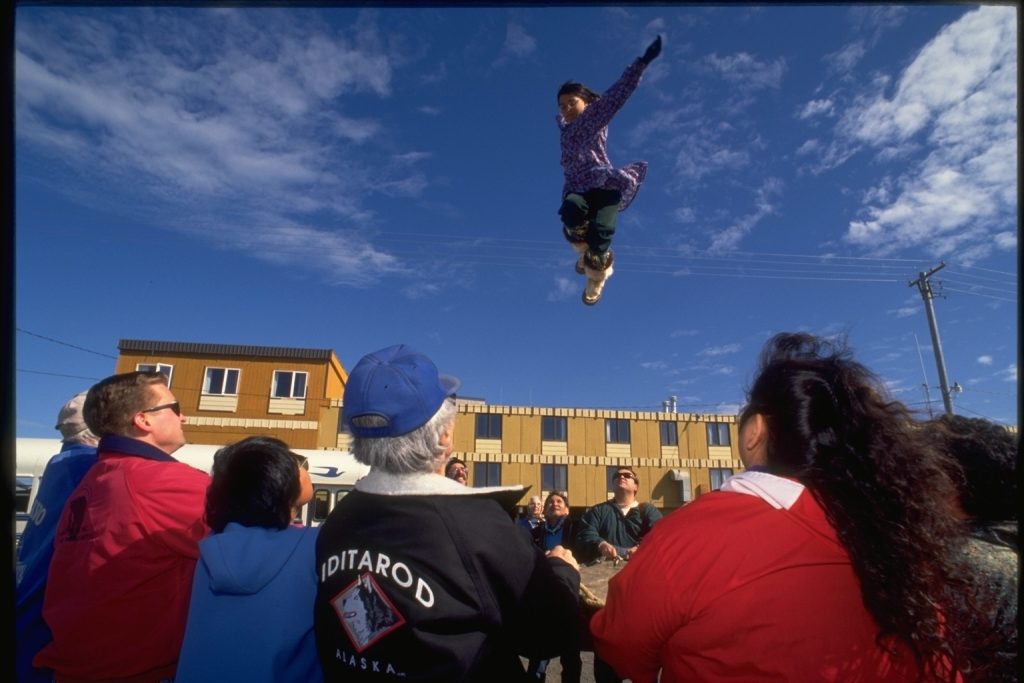Objective 1: Improve community development foundations that influence economic development.
Partners: AEDC, ARDORs, municipalities, DCCED’s Division of Community and Regional Affairs, Denali Commission, Alaska Native Corporations, Bureau of Indian Affairs, Alaska Department of Labor and Workforce Development, Alaska Department of Health & Social Services, AMFAST.
Resources: AEDC’s Live. Work. Play initiative metrics, USDA Rural Development, Alaska Municipal Conference, AHFC, Alaska Department of Natural Resources’ Division of Parks & Outdoor Recreation, DCCED’s Division of Insurance.
Action Items:
- Utilize AEDC’s Live.Work.Play Initiative’s matrix as a template to identify key livability issues in Alaska communities.
- Assess options for reducing the cost of health insurance for individuals and firms.
- Assess variables that affect worker well-being, such as education, community safety, recreation, and housing; use these to define metrics.
- Expand and promote recreational access to public lands.
- Improve the quality and availability of housing throughout the state to reduce costs and alleviate overcrowding.
- Assess options to improve the accessibility and affordability of child care.
- Support developing intergovernmental and public-private military installation-community partnerships, focused on reducing costs and risks at Alaska military facilities.
Objective 2: Improve quality of life metrics in Rural Alaska.
Partners: Denali Commission, U.S. Army Corps of Engineers, U.S. Department of Housing and Rural Development (HUD), USDA Rural Development, Association of Village Council Presidents, ARDORs, Cold Climate Housing Research Center, DCCED’s Division of Community and Regional Affairs, Bureau of Indian Affairs.
Resources: USDA grants, HUD block grants.
Action Items:
- Pursue funding for villages requiring relocation due to coastal or riverbank erosion.
- Leverage new funding sources and mechanisms to build newer, higher quality housing in rural hub communities and villages.
- Expand “Holistic Approach” model from the Alaska community of Oscarville project to other rural communities, aligning economic development priorities with energy, transportation, water/wastewater, housing, and other community development needs.
Objective 3: Strengthen education offerings for Alaskans.
Partners: Alaska Commission on Postsecondary Education, Alaska Department of Labor and Workforce Development, University of Alaska, local school districts.
Action Items:
- Support the goal of 65 percent of Alaskans possessing post-secondary degree or certificate by 2025.
- Improve coordination between secondary training programs and post-secondary on-the-job training programs.
- Increase support for career and technical education programs statewide.
Objective 4: Strengthen and grow the existing Arts Industry in Alaska.
Partners: Alaska State Council on the Arts, Rasmuson Foundation, The Foraker Group, National Endowment for the Arts, Alaska Community Foundation, Alaska Native Corporations, ARDORs.
Resources: Public and private funding for arts programs, statewide K-12 art curricula, Alaska Native Corporations’ art programs, Silver Hand program, Alaska Native Artist Resource Workbook.
Action Items:
- Develop partnerships with agencies and organizations promoting cultural tourism and economic development.
- Provide business training opportunities for artists online or in person, including train the trainer programs to widen the reach of such programs.
- Conduct Informational campaigns regarding ivory and marine mammal products aimed at artists, stores, customers to explain the law, ensure legality of purchasing legally produced and sold ivory and marine mammal products.
- Support professional development for teaching artists, arts educators, classroom teachers, and administrators.
- Actively encourage and support Alaska Native Arts, culture, language, history, and respect across all educational venues and institutions.

